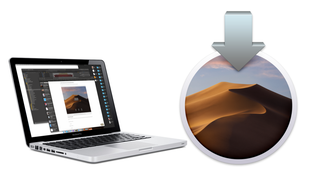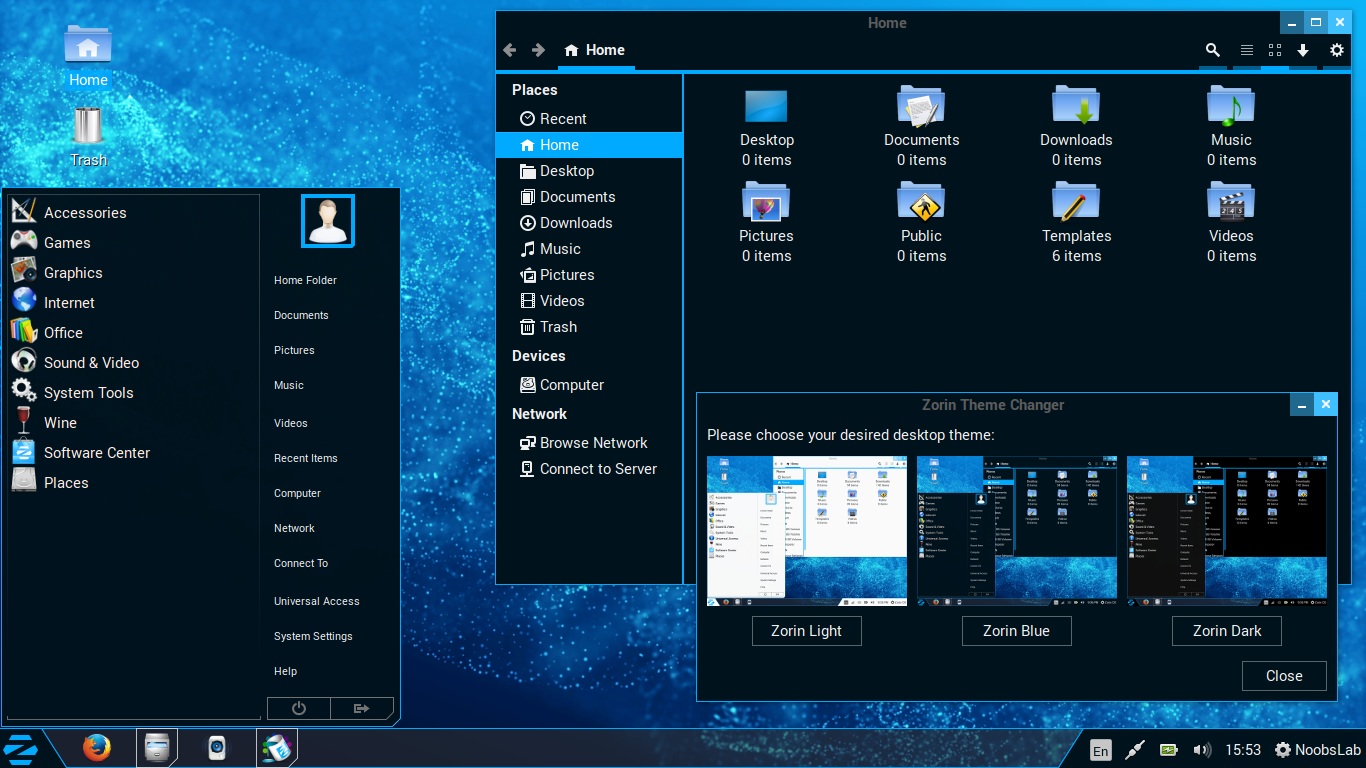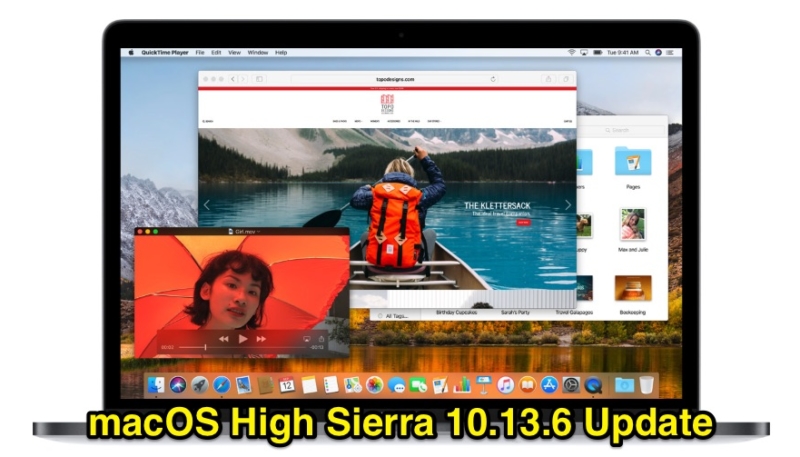To get the latest features and maintain the security, stability, compatibility, and performance of your Mac, it's important to keep your software up to date. Apple recommends that you always use the latest macOS that is compatible with your Mac.
Learn how to upgrade to macOS Big Sur, the latest version of macOS.
Apple strengthened Mac OS X by implementing stack protection, and sandboxing more Mac OS X components such as the H.264 decoder in QuickTime and browser plug-ins as a separate process in Safari. Secure virtual memory was an option in earlier releases on Snow Leopard, but the checkbox to disable it was removed later. If there is mostly green, your system RAM is currently fine. If there is a lot of yellow, the jury is still out. If there is a lot of red, your memory is under strain and your Mac has a high memory usage. Older OS X versions like Leopard and Lion. For older versions of Mac OS X the steps are the same but the System Memory tab looks a bit different. The Steps for Upgrading to Mac OS X El 10.11 Capitan. The following is steps for upgrading to Mac OS X 10.11 Capitan: Visit the Mac App Store. Locate the OS X El Capitan Page. Click the Download button. Follow the simple instructions to complete the upgrade. For users without broadband access, the upgrade is available at the local Apple store. Whatever the older Macintosh computer is, to make it useful nowadays you’d likely want to find and download some old Mac software for it. This post will aggregate a collection of links and resources for finding and downloading old Mac software, including old Mac system software, old Macintosh applications, and more, for everything from older Intel Macs, to PowerPC Macs, to 68040 and 030 Macs.
Check compatibility
If a macOS installer can't be used on your Mac, the installer will let you know. For example, it might say that it's too old to be opened on this version of macOS, or that your Mac doesn't have enough free storage space for the installation.
To confirm compatibility before downloading, check the minimum requirements for macOS Catalina, Mojave, High Sierra, Sierra, El Capitan, or Yosemite. You can also find compatibility information on the product-ID page for MacBook Pro, MacBook Air, MacBook, iMac, Mac mini, or Mac Pro.
Make a backup
Before installing, it’s a good idea to back up your Mac. Time Machine makes it simple, and other backup methods are also available. Learn how to back up your Mac.
Download macOS
It takes time to download and install macOS, so make sure that you're plugged into AC power and have a reliable internet connection.
Safari uses these links to find the old installers in the App Store. After downloading from the App Store, the installer opens automatically.
- macOS Catalina 10.15 can upgrade Mojave, High Sierra, Sierra, El Capitan, Yosemite, Mavericks
- macOS Mojave 10.14 can upgrade High Sierra, Sierra, El Capitan, Yosemite, Mavericks, Mountain Lion
- macOS High Sierra 10.13 can upgrade Sierra, El Capitan, Yosemite, Mavericks, Mountain Lion
Safari downloads the following older installers as a disk image named InstallOS.dmg or InstallMacOSX.dmg. Open the disk image, then open the .pkg installer inside the disk image. It installs an app named Install [Version Name]. Open that app from your Applications folder to begin installing the operating system.
- macOS Sierra 10.12 can upgrade El Capitan, Yosemite, Mavericks, Mountain Lion, or Lion
- OS X El Capitan 10.11 can upgrade Yosemite, Mavericks, Mountain Lion, Lion, or Snow Leopard
- OS X Yosemite 10.10can upgrade Mavericks, Mountain Lion, Lion, or Snow Leopard
Install macOS
How To Upgrade To Older Mac Os
Follow the onscreen instructions in the installer. It might be easiest to begin installation in the evening so that it can complete overnight, if needed.
If the installer asks for permission to install a helper tool, enter the administrator name and password that you use to log in to your Mac, then click Add Helper.
Please allow installation to complete without putting your Mac to sleep or closing its lid. Your Mac might restart, show a progress bar, or show a blank screen several times as it installs macOS and related firmware updates.
Learn more
You might also be able to use macOS Recovery to reinstall the macOS you're using now, upgrade to the latest compatible macOS, or install the macOS that came with your Mac.
Is your Mac slowing down? Do you spend more and more time waiting for applications to do what you want? If so, there is a very good chance that you have high memory usage and need a Mac RAM upgrade.
What is RAM?
RAM stands for Random Access Memory. This memory is temporary and used by the CPU to hold information that processes are actively using on your system. Your Mac slows down when it experiences high memory usage, in other words, when the running applications demand more RAM than your Mac is able to provide. The more RAM available, the better your Mac is able to execute on the tasks that are being thrown at it.
The obvious solution would be to increase Mac RAM, but before we show you how to do that, let’s make sure that your lack of RAM is actually the cause of your Mac slowdown.
Note: Not all devices are able to upgrade RAM, like the MacBook Air and the 2014 edition of the Mac Mini.
How to manually check Mac RAM
Checking your RAM is dependent on the version of macOS that you have installed. You should check your Mac RAM after you have been using your Mac for a bit of time. When you are in the middle of normal daily tasks, follow these steps.
- Open Spotlight Search.
- Type in ”Activity Monitor”.
- Click on the “Memory” tab on the top of the window.
Memory Pressure is the graph you need to study.
If there is mostly green, your system RAM is currently fine. If there is a lot of yellow, the jury is still out. If there is a lot of red, your memory is under strain and your Mac has a high memory usage.

Older OS X versions like Leopard and Lion
For older versions of Mac OS X the steps are the same but the System Memory tab looks a bit different. You’ll want to look for Free and Page Outs.
Free – This is how much free RAM your Mac currently has. If you’ve got a bunch of applications open and there is still a good number of free RAM, then your Mac may have enough memory.
Page Outs – This number tells you how often your Mac has run out of RAM and needed to use the slower hard disk instead. A high number here is very bad and a sure sign that your Mac doesn’t have enough RAM.
Use a Mac memory analysis tool

Another alternative, which will work easily on all versions of Mac OS X, is to use a 3rd party tool to check your RAM usage. I highly recommend CleanMyMac X, which will not only clean and speed up your Mac, it also has a RAM monitoring tool called Menu App.
When you install CleanMyMac X, click on the Maintenance tab in the sidebar.
Here you can free up RAM with just one button. When to use this tool? When your Mac or a particular app hangs up, this feature will temporarily flush memory, helping your Mac to unfreeze.
CleanMyMac X has a free version you can download. So try it out and get to the bottom of your high memory usage problem.
Note: With all above solutions we recommend checking the results on a regular basis until you are certain that your Mac needs a RAM upgrade.
How to upgrade your Mac RAM

If you have reached the conclusion that you need more memory, we are going to show you exactly how to increase your Mac RAM. Don’t worry if you’ve never done it before, as this guide will help you every step of the way.
The first steps are to gain knowledge about your system. Mac os bootable usb windows. This will help ensure that the RAM that you get will be compatible with your system.
Step 1 – What kind of Mac do you have?
Whether you have an iMac, a MacBook Pro, or any other kind of Mac, there is a lot more information to be found out in order to identify your exact system. To get these details, follow these easy steps:
- Click on the Apple icon.
- Select “About this Mac.”
- View your system information.
Step 2 – Do I have space for more RAM in my Mac?
This may not be what you want to hear but it’s possible that you can’t add more RAM to your Mac, even if you wanted to. Let’s look under the hood and see what your RAM situation is like.
- Following on from Step 1, click on “More Info” on the “About this Mac” window.
- The complicated looking System Profiler will launch. Click on “Memory” in the left column.
On the right you will see exact details of your RAM modules or sticks. The “banks” are the slots that the RAM is inserted into. If you have an empty bank or two, you’re in luck, upgrading your Mac RAM just got that much easier.

Step 3 – Check how much RAM your Mac can take
Now let’s really make sure you can upgrade your RAM. Head over to Technical Specifications on Apple Support, find your exact Mac model. Once you find your Mac, click it to reveal a ton of information. What you’re looking for is the information, which will tell you how much RAM your system can work with. Compare it to your Mac’s current RAM (from Step 2) and now you know if you can upgrade your RAM or if you are stuck with what you have.
If you can’t upgrade your Mac RAM, download CleanMyMac X and use all of the cleaning tools to boost your Mac performance. You should also take a look at the performance improving solutions found in How To Fix Mac Running Slow.
Step 4 – Purchasing RAM for your Mac
In Step 3 you navigated to your Mac model and discovered what memory your system could potentially add. Now it's only a matter of choosing your new RAM and we recommend to start with this source. If you're located outside of the US, Google will probably tell you which stores sell RAM nearby.
Step 5 – Installing RAM into your Mac
Adding your new RAM into your Mac is not as hard as it sounds. This is definitely an upgrade that you can perform yourself, as long as you have a screwdriver on hand. The only tricky thing is to know exactly where the RAM is, and that it varies between types of Macs.
Below are handy tutorials to install new memory on your specific type of Mac.
How to upgrade RAM on an iMac
- Shut down your iMac and unplug everything.
- Place iMac face down, ensuring the screen is protected from anything that could scratch it.
- Unscrew, counterclockwise, the RAM panel in the centre until it pops out.
- Expose ribbon tab over RAM and pull on it to release RAM module.
- Use your fingers to remove the RAM entirely.
- Line up the new RAM with the now empty slot and push it in until it clicks into place.
- Screw the RAM panel cover back on.
- Re-connect everything, turn your iMac back on and go to About This Mac to confirm new RAM installed.
How to upgrade RAM on a MacBook Pro
- Turn your MacBook off.
- Turn your MacBook upside down and pop the latch on the back to remove the plate.
- Use tiny Phillips head screwdriver to unscrew the larger back plate.
- Note - one screw will be a lot smaller than the others. Remember where it goes.
- Touch metal to ground yourself before touching the RAM.
- The RAM is to the left or right of centre. Pull apart the latches on each side of it and the RAM will pop up.
- Slide the RAM out.
- Slide the new RAM into the slot and push it down till it clicks into place.
- Put the large backplate back on and screw it into place.
- Screw the smaller backplate back into place.
- Turn your Macbook on and and go to About This Mac to confirm new RAM installed.
How To Update To Older Mac Os
How to upgrade RAM on a Mac Mini
Due to the form factor of the Mac Mini, it is one of the more challenging devices to upgrade. We recommend getting help from professionals or someone that has experience upgrading Mac Mini RAM.
The final word on Mac RAM upgrades
Can Older Macs Be Upgraded
In this guide we showed you how to identify high memory usage on your Mac using macOS and the ever-useful CleanMyMac X. We then outlined the steps to determine what RAM your Mac has installed, whether it can be upgraded, how to purchase new memory for your Mac and finally how to install your new RAM into your Mac.
Once your new RAM is installed, depending on how much you were able to add, you should see a considerable boost to your Mac performance.
Upgrade To Old Mac Os
Now you know how to upgrade my Mac memory. Hope this article was helpful.

